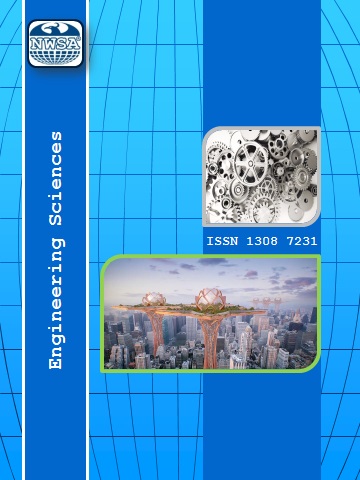References
[1] Akyazı, R. and Ecevit, O., (2006). Keneler ve Kırım kongo kanamalı ateşi. Ondokuz Mayıs Üniversitesi Ziraat Fakültesi Dergisi (Anadolu Tarım Bilimleri Dergisi), 21(3):340-349.
[2] Omodior, O., Saeedpour-Parizi, M.R., Rahman, M.K., Azad, A., and Clay, K., (2021). Using convolutional neural networks for tick image recognitiona preliminary exploration. Experimental and Applied Acarology, 84(3):607-622.
[3] Kaya, V., Tuncer, S., and Baran, A., (2021). Detection and Classification of Different Weapon Types Using Deep Learning. Applied Sciences, 11(16):7535.
[4] Daş, R., Polat, B., and Tuna, G., (2019). Derin öğrenme ile resim ve videolarda nesnelerin tanınması ve takibi. Fırat Üniversitesi Mühendislik Bilimleri Dergisi, 31(2):571581.
[5] Ponti, M.A., Ribeiro, L.S.F., Nazare, T.S., Bui, T., and Collomosse, J., (2017). Everything you wanted to know about deep learning for computer vision but were afraid to ask. 30th SIBGRAPI Conference on Graphics, Patterns and Images Tutorials. Niteroi, Proceedings, pp:1741.
[6] Şeker, A., Diri, B., and Balık, H.H., (2017). Derin öğrenme yöntemleri ve uygulamaları hakkında bir inceleme. Gazi Mühendislik Bilimleri Dergisi, 3(3):47-64.
[7] Angelova, A., Krizhevsky, A., and Vanhoucke, V., (2015). Pedestrian detection with a Large-Field-Of-View deep network. IEEE International Conference on Robotics and Automation. Seattle, Proceedings, pp:704711.
[8] Hinton, G.E., (2012). A practical guide to training restricted boltzmann machines. Lecture Notes in Computer Science (Including Subseries Lecture Notes in Artificial Intelligence and Lecture Notes in Bioinformatics). 7700 LECTU, pp:599619.
[9] Guo, Y., Liu, Y., Oerlemans, A., Lao, S., Wu, S., and Lew, M.S. (2016). Deep learning for visual understanding: A review, Neurocomputing, 187:2748.
[10] İnik, Ö. ve Ülker, E., (2017). Derin öğrenme ve görüntü analizinde kullanılan derin öğrenme modelleri. Gaziosmanpaşa Bilimsel Araştırma Dergisi, 6(3):85-104.
[11] Justen, L., Carlsmith, D., Paskewitz, S.M., Bartholomay, L.C., and Bron, G.M., (2021). Identification of public submitted tick images: a neural network approach. Plos one, 16(12):e0260622.
[12] Xu, Z., Ding, X., Yin, K., Li, Z., Smyth, J.A., Sims, M.B., and Liu, C., (2021). TickPhone app: a smartphone application for rapid tick identification using deep learning. Applied Sciences, 11(16):355.
[13] Pfeifer, L.M. and Valdenegro-Toro, M., (2020). Automatic detection and classification of tick-borne skin lesions using deep learning. ArXiv preprint arXiv:2011.11459.
[14] Colab, (2022). Google Colaboratory, Retrieved in April, 1, 2022 from https://colab.research.google.com
[15] Istock, (2022). Istock, Retrieved in February, 20, 2022 from https://www.istockphoto.com
[16] Redmon, J., Divvala, S., Girshick, R., and Farhadi, A., (2016). You only look once: Unified, real-time object detection, In Proceedings of the IEEE conference on computer vision and pattern recognition, Las Vegas, pp:779-788.
 +90(533) 652 66 86
+90(533) 652 66 86 nwsa.akademi@hotmail.com
nwsa.akademi@hotmail.com Fırat Akademi Samsun-Türkiye
Fırat Akademi Samsun-Türkiye
